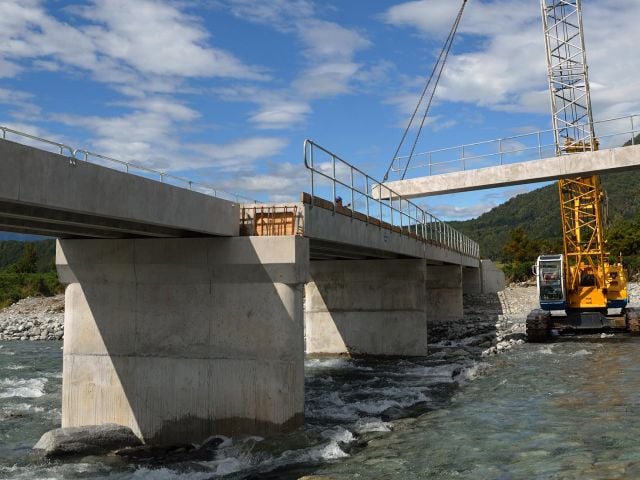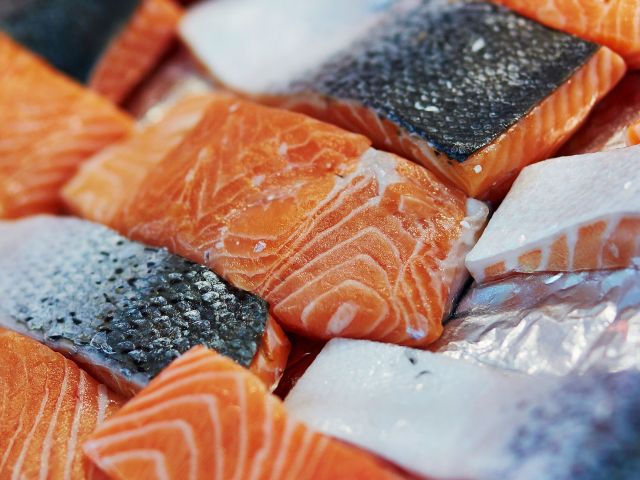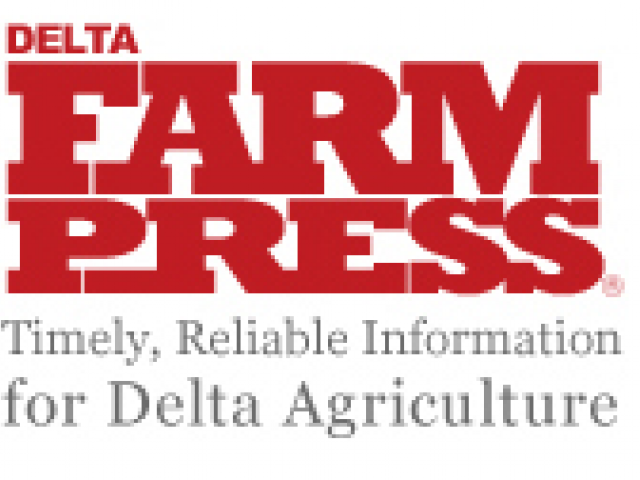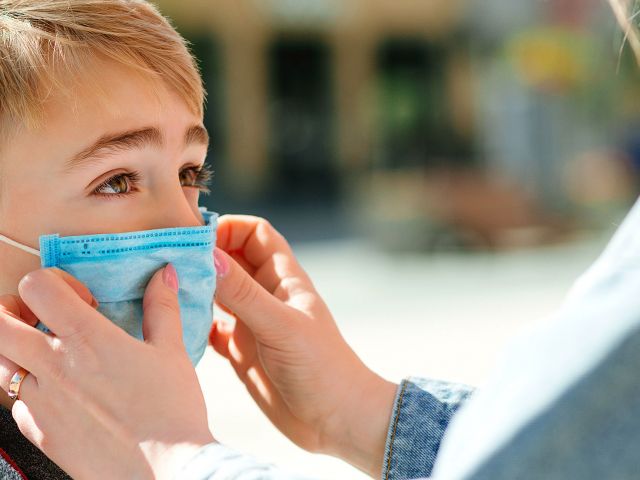Stolen Inventory (California)

Displaying 1441 - 1464 of 1511



EWG submits comments on EPA's IRIS program draft toxicological review of hexavalent chromium.



Here's some news you can use as you begin your weekend.

EWG News Roundup (8/27): Here's some news you can use going into the weekend.

EWG News Roundup (4/17): Here's some news you can use going into the weekend.






From the beginning, the Trump administration has aggressively slashed environmental regulations. A New York Times analysis identified 100 environmental protections that have been reversed or are in...

EWG News Roundup (3/20): Here's some news you can use going into the weekend.



